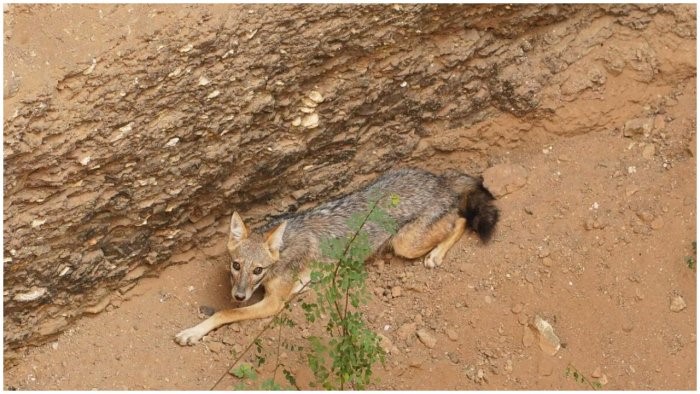





Disclaimer: Copyright infringement not intended.
Context
Other Details
Golden Jackal
Threat
Benefits
Conservation status
Must read Article:
https://www.iasgyan.in/daily-current-affairs/international-union-for-conservation-of-nature
|
Wildlife SOS It is a non-profit organisation of India specially working for protection and conservation of wild animals. Established in India in 1995 it has a main objective of Rescuing and rehabilitating of distressed wildlife in distress. |
|
PRACTICE QUESTION Consider following statements about Golden Jackals : 1. IUCN classifies them as Threatened. 2. These can be found in mountains with elevation more than 3000 meters. Select the correct answer using the codes below – A. 1 only B. 2 only C. Both 1 and 2 D. Neither 1 nor 2 Answer: (D) |











© 2025 iasgyan. All right reserved